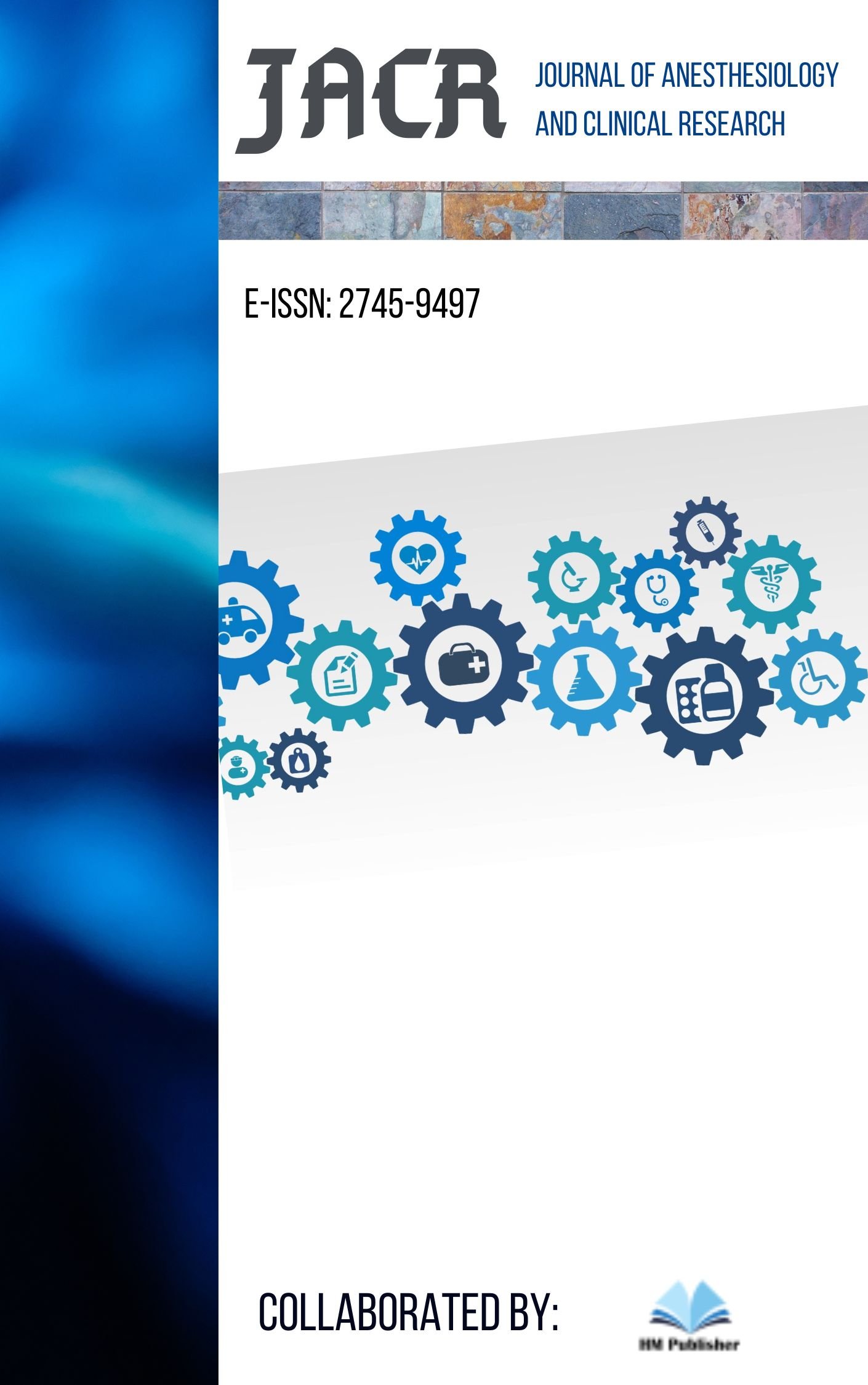Main Article Content
Abstract
Introduction: The skillful management of anesthetic depth is a cornerstone of anesthesiology, yet the objective characterization of the resident learning curve remains underexplored. This study aimed to quantitatively map the developmental trajectory of anesthetic depth control among anesthesiology residents in a supervised clinical environment.
Methods: We conducted a prospective, cross-sectional, observational study involving 21 anesthesiology residents (from seven sequential semesters of training) and 105 ASA I-II adult patients at a tertiary academic hospital. Under standardized supervision, residents induced general anesthesia. The primary outcome was the Bispectral Index (BIS) value and its categorical distribution (Deep: <40, General: 40-60, Sedation: >60) at 2 minutes post-intubation. Secondary outcomes included propofol induction dose and hemodynamic responses. Data were analyzed using ANOVA, Kruskal-Wallis, and Chi-square tests.
Results: Post-intubation mean BIS values showed a non-significant trend towards being lower in junior residents compared to seniors (p=0.088). However, the categorical distribution of BIS values differed significantly across training levels (p=0.015). Junior residents (Semesters I-II) induced a state of deep anesthesia (BIS < 40) in 46.7% of their patients, compared to only 11.1% for senior residents (Semesters V-VII) (p<0.001). This correlated with junior residents using significantly higher weight-adjusted propofol doses (2.4 ± 0.3 mg/kg vs. 1.9 ± 0.2 mg/kg; p<0.001).
Conclusion: The anesthesiology resident learning curve is characterized by a distinct pattern of initial over-titration, or a "novice overshoot," leading to a higher incidence of unnecessarily deep anesthesia. While mean BIS values did not differ significantly, the distribution of hypnotic states reveals a critical educational target. BIS monitoring serves as a valuable objective tool for tracking the performance of the resident-supervisor dyad, offering data-driven insights for enhancing competency-based training and patient safety.

